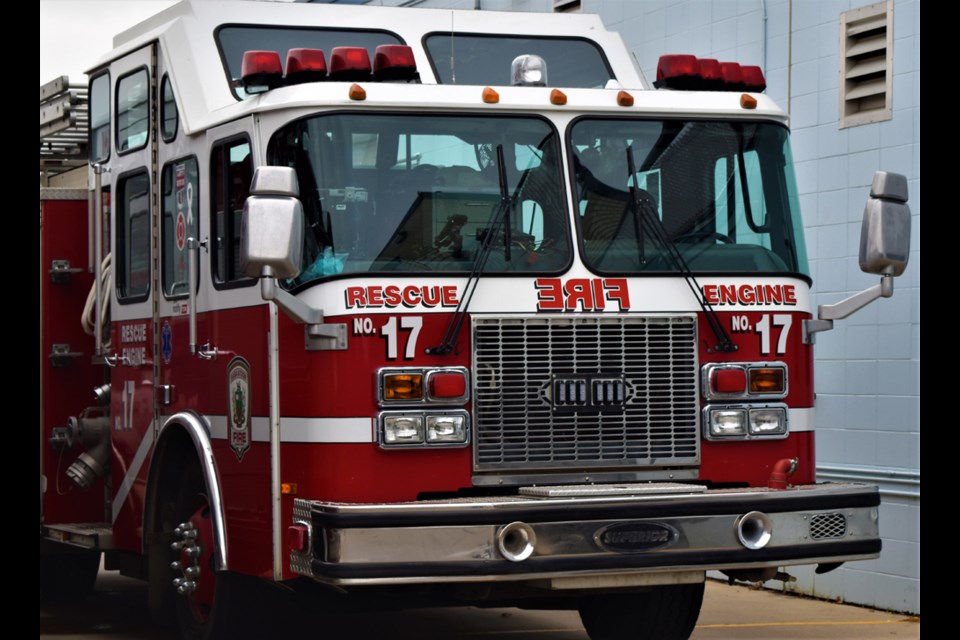SASKATOON — Saskatoon city council, after three days and almost 22 hours combined of discussions and deliberations, passed the budget for the next two years that will fund the city’s basic services and programs to the residents.
However, residents will be greeted by consecutive property tax increases of 3.86 per cent in 2022 and 3.53 per cent in 2023. The increase is approximately $6.17 per month for the average household for 2022 and $5.87 per month the following year.
The approved tax increases were higher compared to theproposed 3.51 per cent (2022) and 3.14 per cent (2023) based on last week’s press advisory released by the city. The city is expected to collect an approximately combined revenue of $18.1 million in the next two years.
Discussions on the issue to either lower or keep the proposed property tax increases dragged on but the council approved it and the meeting ended past 10 p.m. Wednesday night. Council started the budget deliberations at 1 p.m. on Monday.
“The multi-year budgeting, I would say, has been a huge win in terms of capacity building within the organization. As you can imagine building a billion-dollar budget with hundreds of capital projects every year is an all-hands-on-deck, months, and thousands of hours of operation,” said chief financial officer Clae Hack.
“We saw the benefits in [2020] when COVID had a huge implication in our organization and the work that was required to address that. We expect multi-year budgeting again to have the same capacity-building benefits as we still work through the challenges … Having a two-year budget approved generates big capacity win that the administration can use for priority projects.”
Mayor Charlie Clark, who presided the meeting, thanked everyone who helped put up the budget from the administrators, staff, and council members.
“This was a deliberate process and a very transparent process. It shows that the challenge of meeting all the demands in the city and still trying to make sure that we keep costs down for residents and staff.”
Clark said, “I know, especially this year, all virtually have done a tremendous amount of work to be able to respond, adapt, and find ways to bring a budget for that meets all those different needs … This is a record, I think, and there’s reasons for it. Given the pressures that are there, and we’ve done it virtually.”
He also thanked everyone for being patient, thoughtful, and respectful in the process of putting up the budget.
“I look forward to implementing this budget with our staff and with our council, [who are] really doing the best as a group to build the best city as we recover, and hopefully get into a time where we’re going to see the city light up again in terms of economic recovery.”
SFD can improve services
Council also agreed to grant the Saskatoon Fire Department’s recommended operating budget of $55,795,700 in expenditures and $1,269,900 in revenues for 2022, and $57,268,800 and $1,269,900 the following year.
SFD Chief Morgan Hackl said their recommendation would help the SFD make Saskatoon a safer and more resilient community in terms of emergency management and fire services in coordinating preparedness planning, response and recovery.
“The Saskatoon emergency management organization works with our City of Saskatoon colleagues, community partners, government agencies, businesses, non-profits, first responders and residents to promote and strengthen emergency management and business continuity, increase our resiliency, which I think we have seen over the past few years,” said Hackle in his report delivered to council.
“The [SFD] provides response to all emergencies and by involving fire, pre-hospital emergency, medical, water rescue, entrapment of persons, unplanned releases of regulated or hazardous materials, and substances for the safety of the public. Emergency response service along with fire dispatch agreements are also provided to surrounding communities. Extensive fire prevention, education, enforcement, and safety programs such as fall prevention, lift assist, and needle pickups are also provided as well.”



